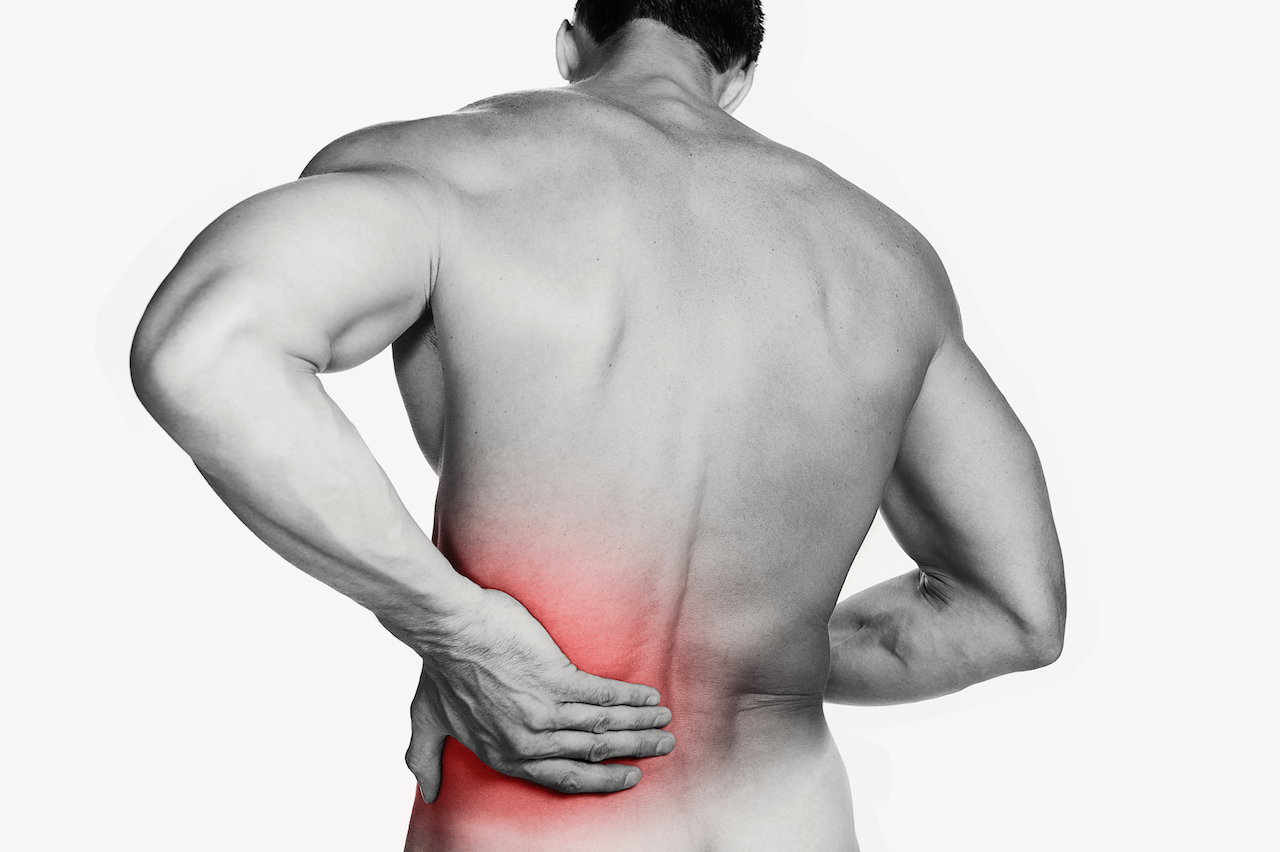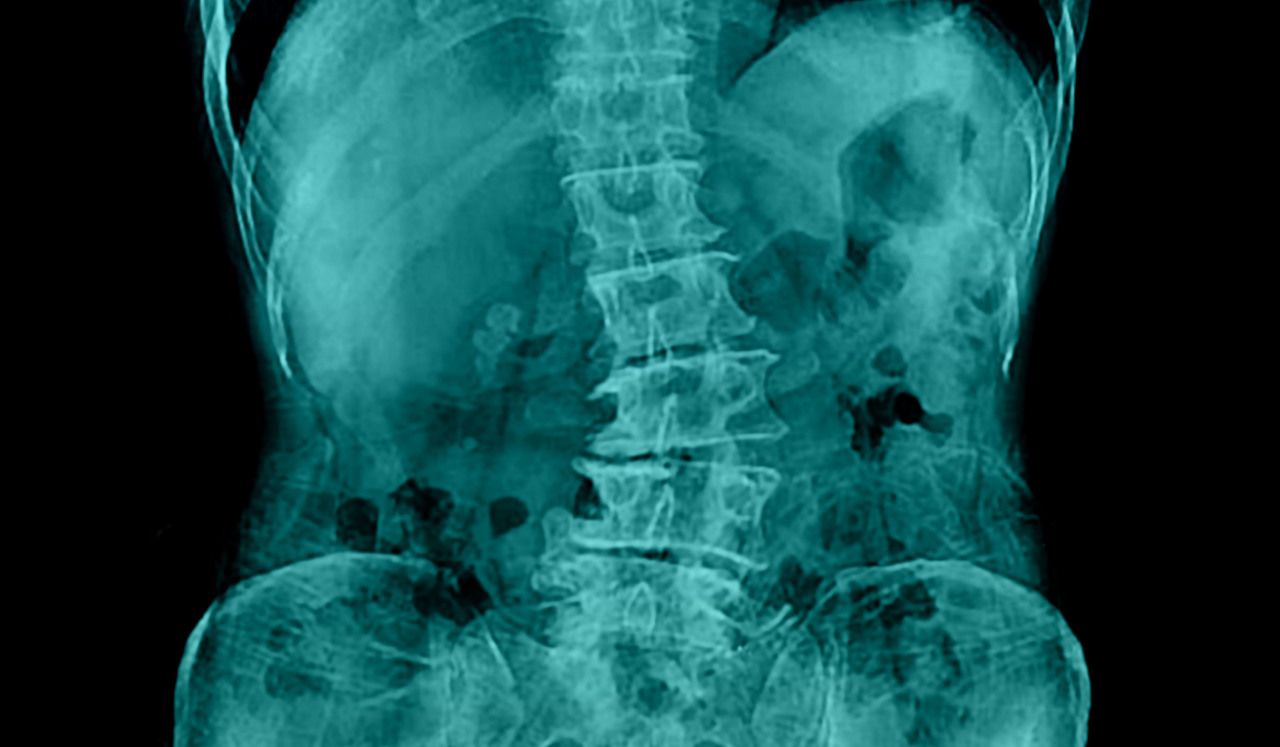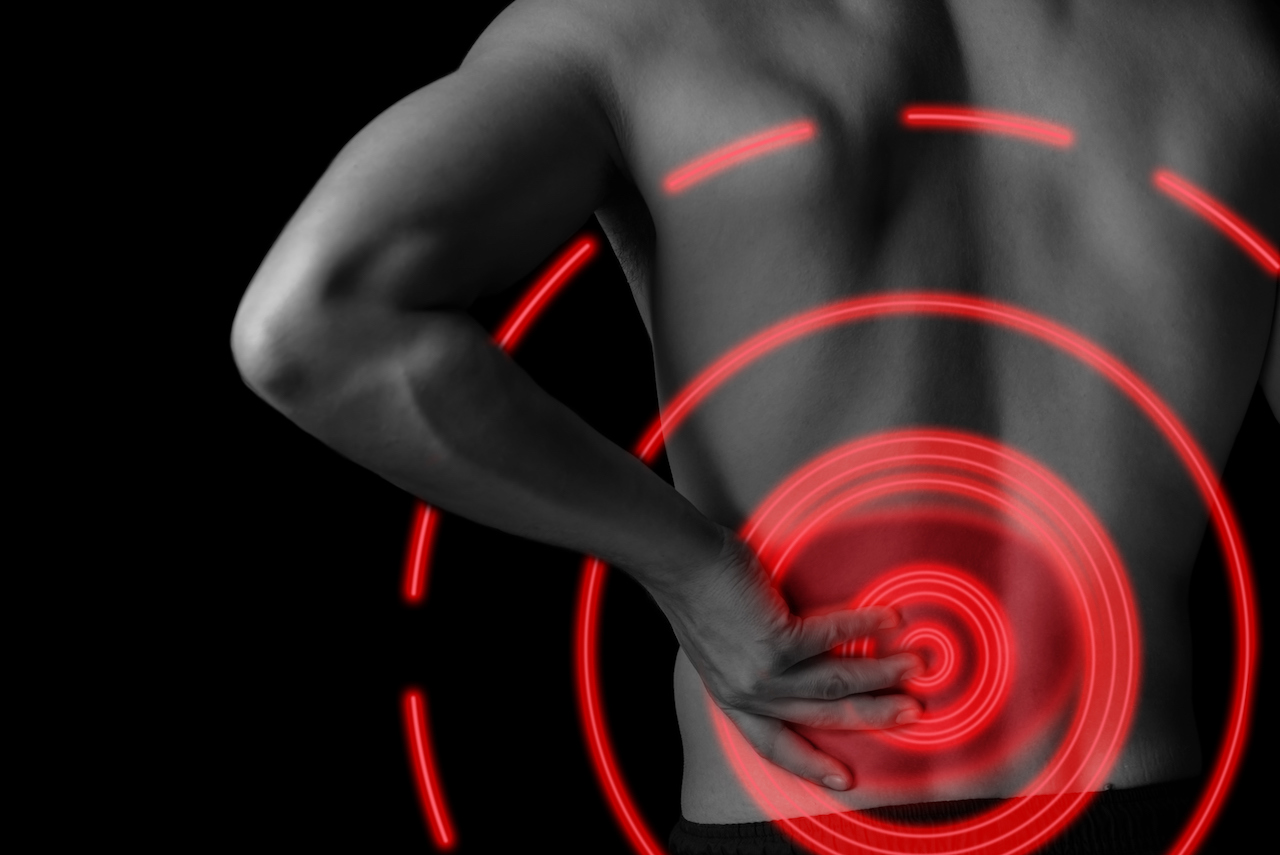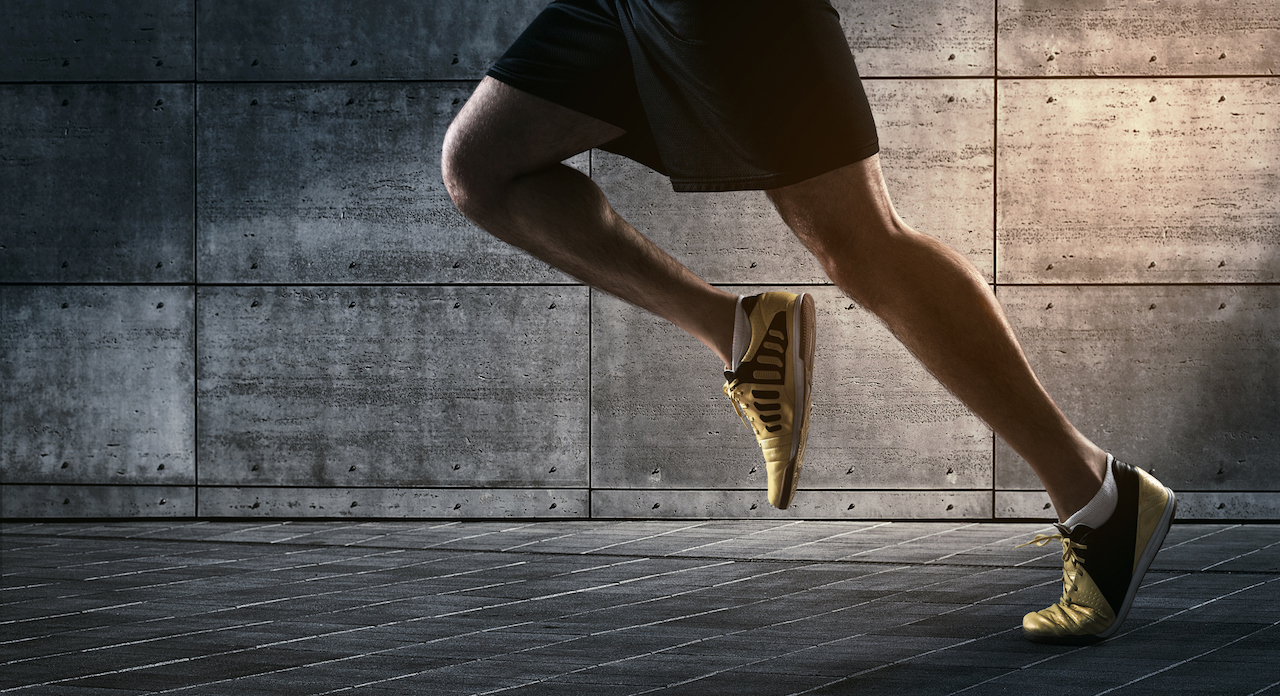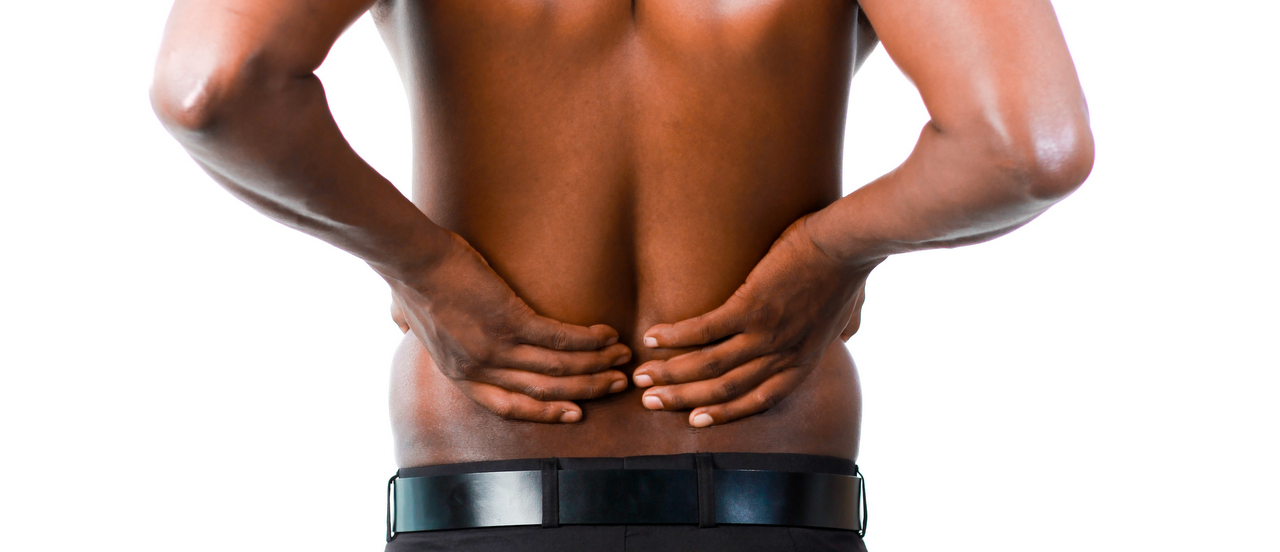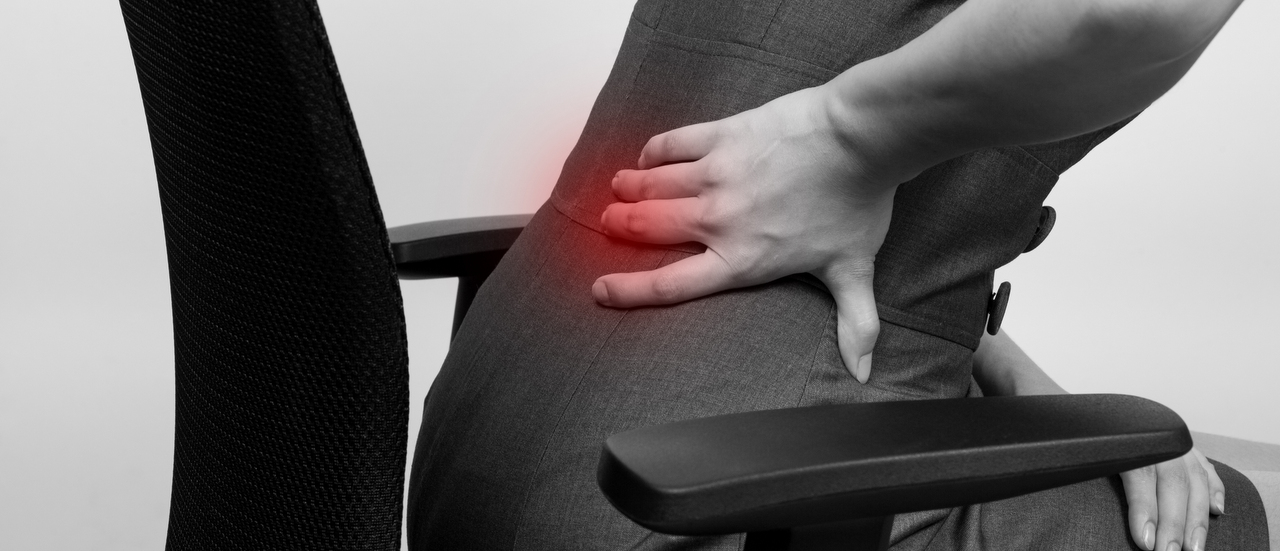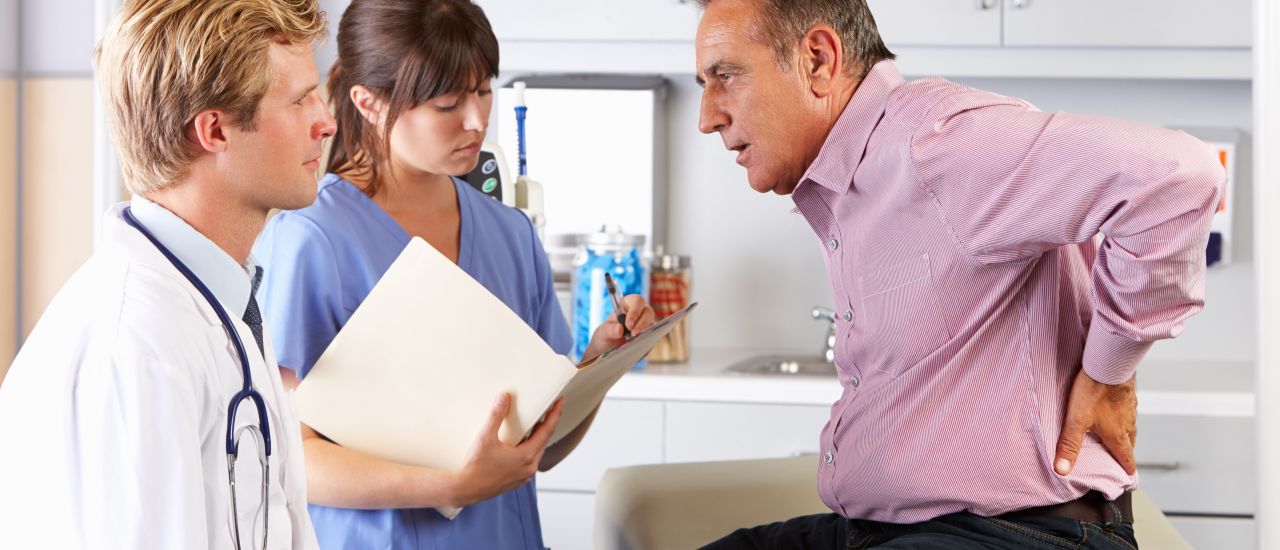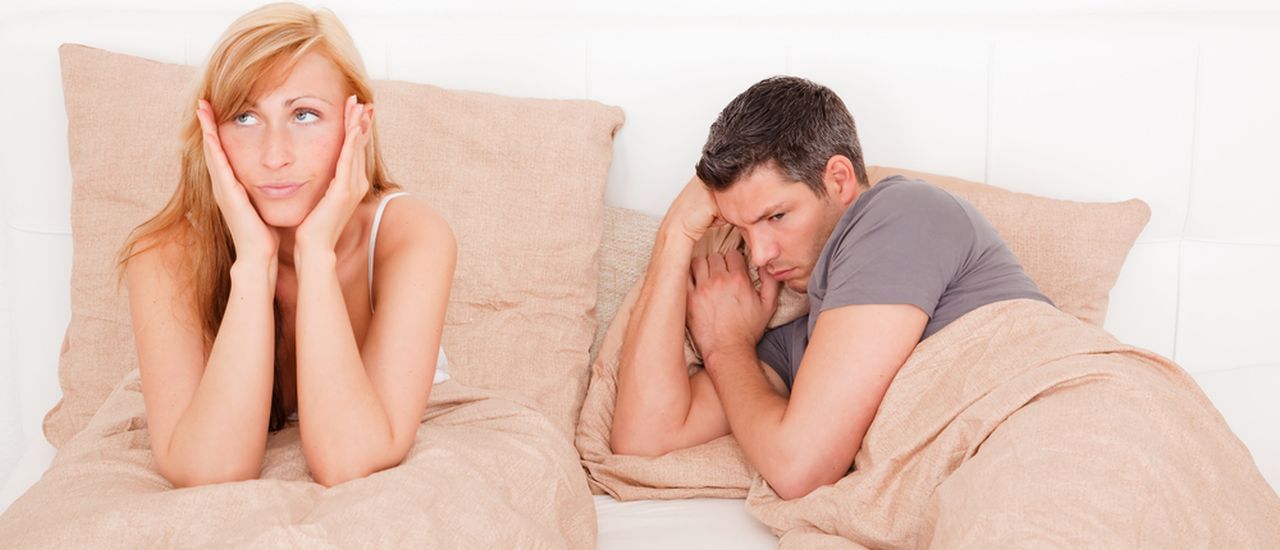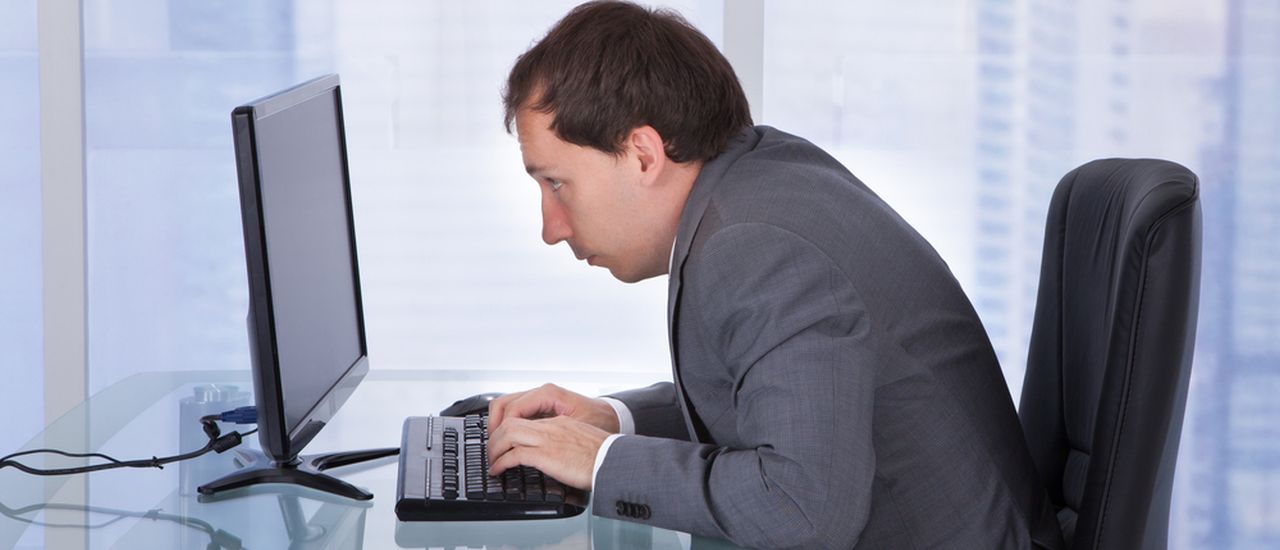After headache, back pain is the most common cause of pain. Do you know the signs, how to prevent it and what to do when pain strikes?
An estimated 75% of South Africans experience back pain in their lifetime. Some of the factors that place you at risk include ageing, an inactive lifestyle, poor posture, genetic factors, pregnancy and smoking.
Common symptoms
- Pain in the back.
- Restriction of back movements.
- Numbness of one or both legs.
- Back pain radiating to the foot or knee.
- Dizziness or disturbance of vision related to neck posture.
- Difficulty standing up after sitting for a prolonged period.
- Back pain after standing for a long period of time.
Strengthen your back with exercise
Exercise helps build back and abdominal muscle strength and flexibility. This strength in turn helps to support and align your back, and ensures you’ll have far less back injuries.
Hip flexor stretch
Stand next to something sturdy for balance. Lunge forward, keeping your trunk upright until the back knee reaches the ground. Shift your weight onto the front leg while leaning your trunk slightly backwards. You will feel a stretch in the front of your hip and thigh on the back leg. Place a towel under your knee for more comfort. Hold for 30-60 seconds then switch legs.
Low back stretch
Lying on the floor, bring both knees toward your chest and grip them while making a small rocking motion. You will feel a slight stretch in your lower back. Rock in this position for 10 repetitions.
Alternate low back stretch
Lying on the floor, place both arms straight out to the side at a 90 degree angle to your trunk. Bend your right knee while keeping the left leg straight. Cross your right foot over your left leg and place it on the floor. Allow the right knee to fall toward the floor on your left. Try to keep both shoulders pinned to the ground. To progress this stretch, bring your knee in closer to your chest and then let it fall to toward the floor. You don’t have to keep your foot on the floor as you bring your knee in to your chest. Hold for 30-60 seconds, then alternate sides.
Mid-back stretch
Sit back on your heels and place the palms of your hands flat on the floor in front of you. Slide your hands as far as you can while allowing your head to hang relaxed. Sit back on your heels and hold for 20-60 seconds. Next, walk both hands to the right and hold for 20-60 seconds. Now walk both hands to the left and hold for 20-60 seconds. If you have pain in the front of your ankles, roll a towel and place it underneath them through this exercise.
Lateral trunk stretch
Stand to the side of a pole, door frame, or railing and grab on with both hands over your head. Place both feet together close to the pole and lean away. You will feel a stretch down the side of your trunk. Try not to rotate your trunk toward the pole; stay parallel to it. Hold this stretch for 20-60 seconds. Repeat on the other side.
Chest (pectoralis)
Stand in a corner or in an open doorway and place both hands and forearms on the surface. Your elbows should be at the same level as your shoulders. Keep your feet together and lean forward until you feel a gentle stretch in the front of your chest. If the stretch feels too intense, place one foot slightly forward to relieve some of the tension. You can vary this stretch by lowering your elbows toward the floor or raising them above the shoulders. Hold for 20-30 seconds and repeat for up to five times.

